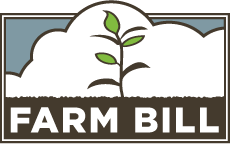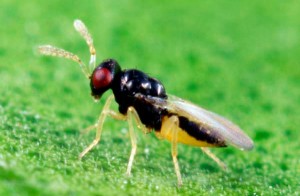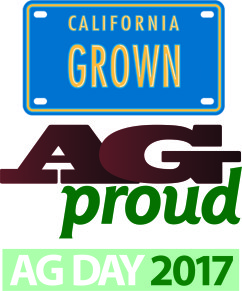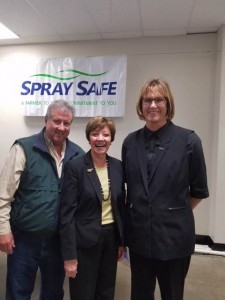
Old Parliament House in Canberra, Australia. Once the seat of Parliament, it has served as a museum in recent years.
CANBERRA, the Australian capital: A number of us were late in arriving to Canberra because of weather delays while traveling. So we made a quick turnaround to join up with the rest of the delegation and our hosts for day-one of our visit, starting at the offices of the Australian agriculture ministry.
We then observed the Parliamentary “Question Time” at the Capitol building. Now that is an interesting way for members to question/challenge the prime minister and majority party about leadership policies and proposals!
As we left the building there was quite a display of military in front of the Parliament awaiting review by the prime minister. The Capitol itself is an impressive structure; it is built upon a hill overlooking a reflecting pool, the nation’s war museum, and a mall leading to a war memorial.
The afternoon of our first day ended with a fascinating meeting with staff at Australia’s Climate Change Authority and its Department of the Environment and Energy. The Authority is an independent agency established to advise the government on emissions reduction strategies. It has a nine-member board of experts, including a chief scientist. It has recently undertaken an “action on the land” research project to seek ways to better coordinate action to reduce carbon emissions, enhance the natural environment, and improve on-farm profitability.
We had a great discussion about what works and what doesn’t; Australia’s reverse credit auction process; and how to achieve/fund multiple benefits from land management practices. The California delegation peppered them with questions. I guess we were inspired by “Question Time!”












